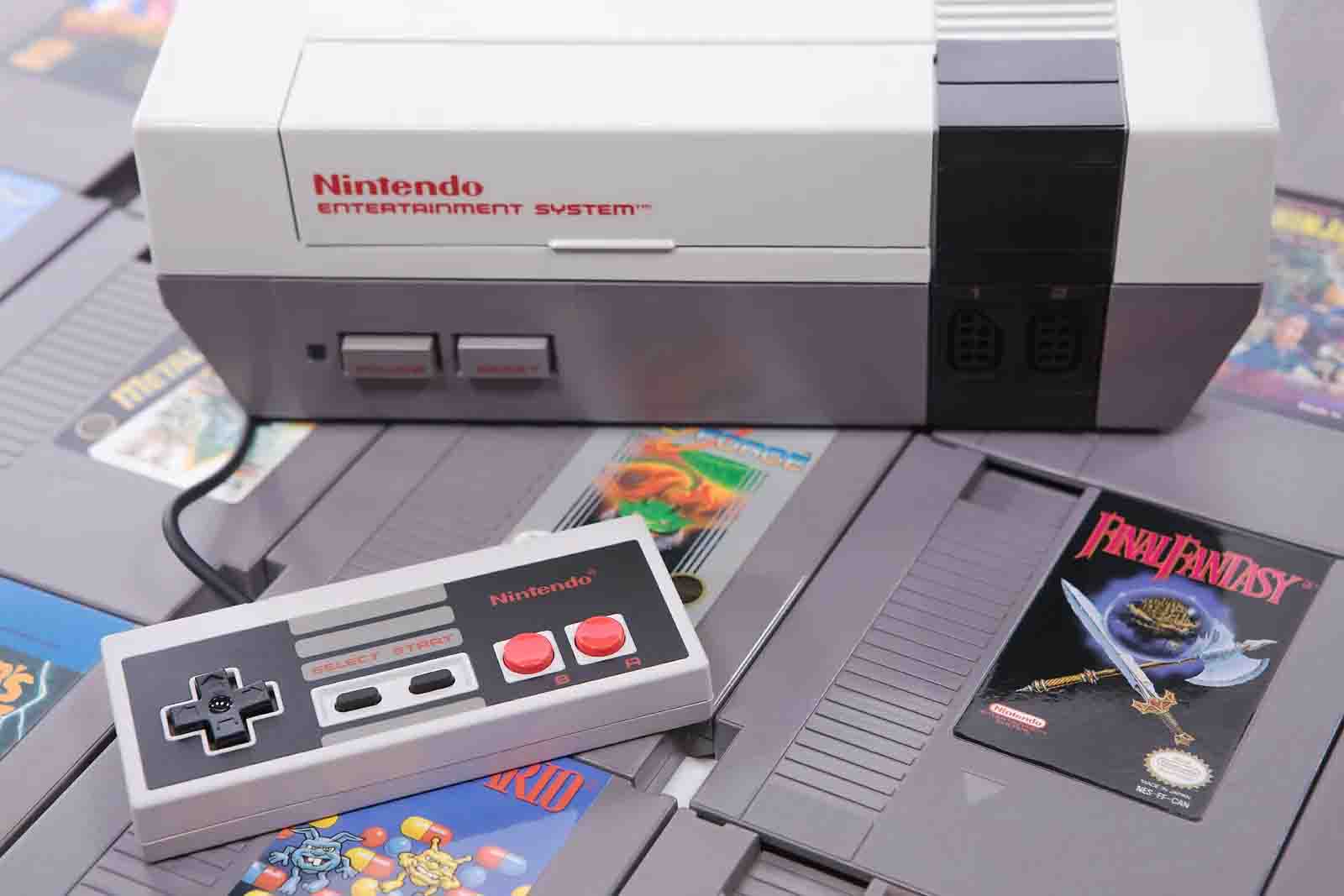The Nintendo Entertainment System (NES), launched internationally in 1986, is one of the most iconic and influential consoles in video game history. After the 1983 video game crash, the NES revived the home console market and solidified Nintendo as a global gaming powerhouse.
Powered by an 8-bit Ricoh 2A03 CPU and the RP2C02 graphics chip, the NES delivered smooth side-scrolling, colorful sprites, and multi-channel audio that set a new standard for home gaming. It featured a simple, user-friendly design with cartridges that plugged into the front-loading tray — an approach that felt more like using a VCR, easing adoption in Western markets.
Games were loaded directly from ROM cartridges, with no operating system. Instead, the NES booted directly into whatever game was inserted, allowing developers full control of the hardware. Many games used custom "mapper" chips to expand memory or add new features like saving progress.
The NES's software library is legendary, featuring some of the most beloved franchises in gaming history: Super Mario Bros., The Legend of Zelda, Metroid, Mega Man, Castlevania, and Punch-Out!!, to name a few. These titles defined genres and established design principles still used today.
The controller was equally revolutionary, introducing the now-standard D-pad and simple button layout, making games accessible to all ages. With its durable hardware and groundbreaking software, the NES sold over 60 million units and shaped the childhoods of millions.
Even now, its influence lives on through re-releases, emulators, and modern retro-style games. The NES isn’t just a piece of gaming hardware — it’s a cultural milestone that helped define interactive entertainment.


